
Destination
17:36, 13-May-2019
Singapore Botanic Gardens
Updated
07:15, 14-May-2019
CGTN
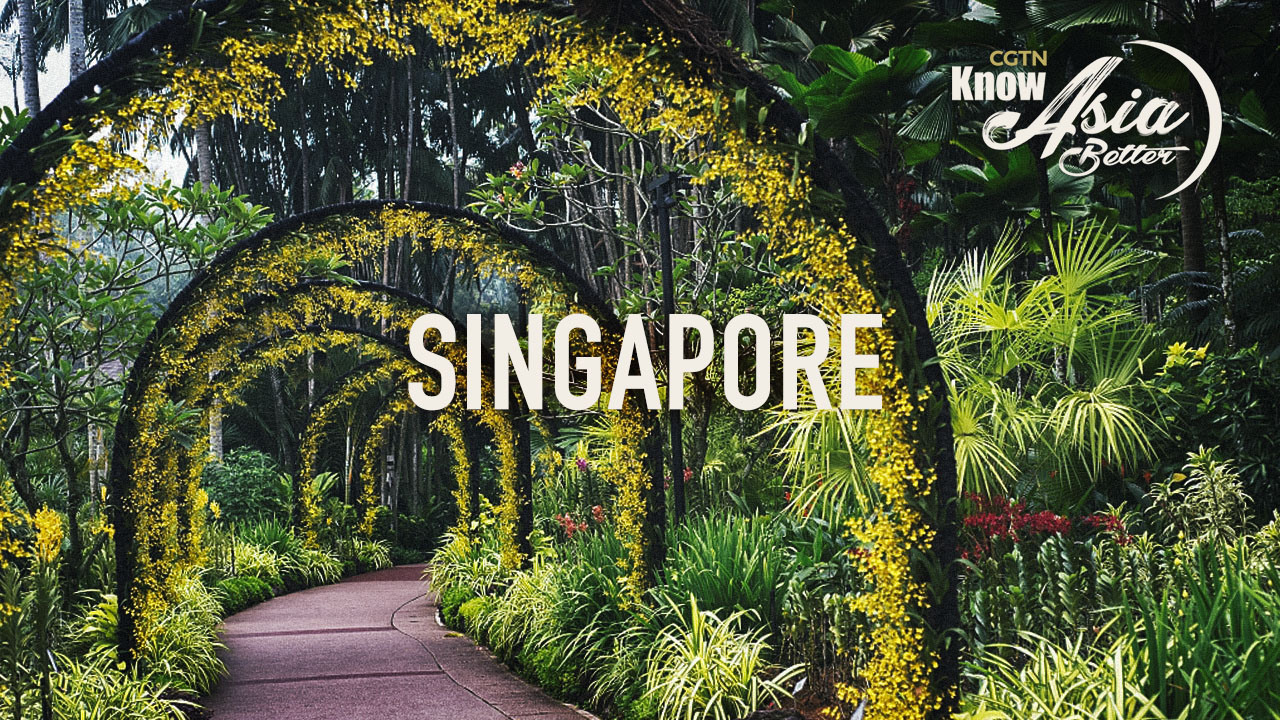
The idea of building a botanical garden dates back to 1822, from Sir Stamford Raffles. The garden was closed seven years later. The Gardens we refer to today was originally built in 1859, by a second Agri-Horticultural Society.
The Gardens has since gone through times of peace and turbulence, but managed to maintain what it was intended for, preserving invaluable botanical research properties for Singapore throughout the years. In the 1960s, the Gardens contributed much to the "Garden City" campaign by taking a lead role in the greening of Singapore.
According to the Gardens' official website, it was inscribed as a UNESCO World Heritage Site in 2015 and is the first and only tropical botanic garden on the list. It is the first in Asia and the third botanical garden inscribed in the world.
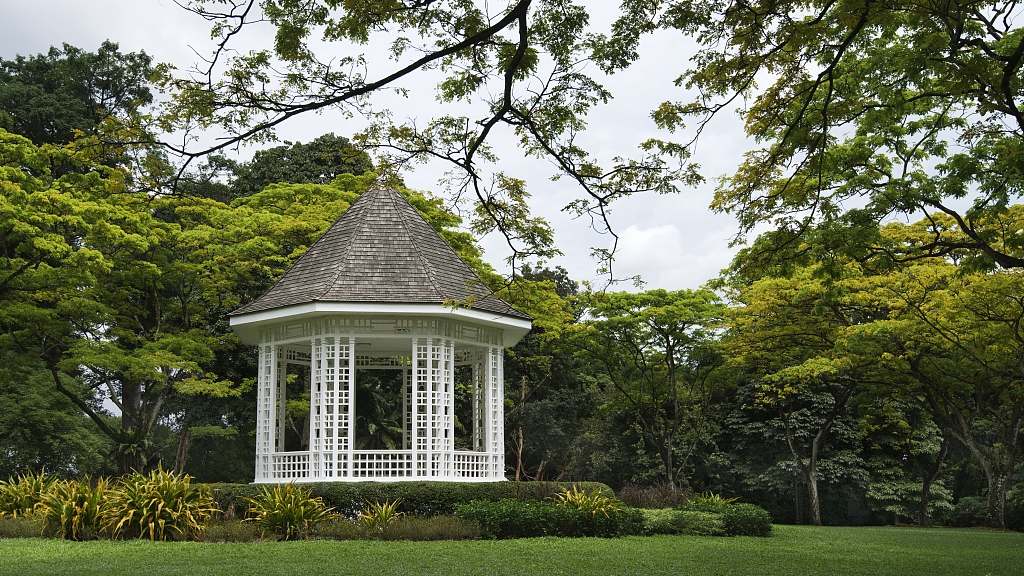
The Bandstand in Singapore Botanic Gardens. /VCG Photo
The Bandstand in Singapore Botanic Gardens. /VCG Photo
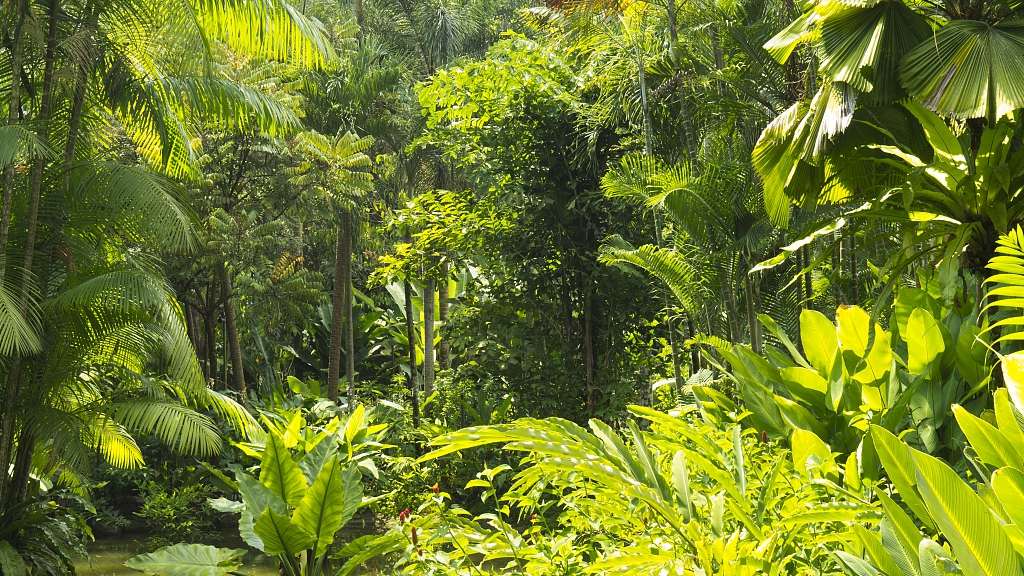
Rainforest interior, Singapore Botanic Gardens. /VCG Photo
Rainforest interior, Singapore Botanic Gardens. /VCG Photo
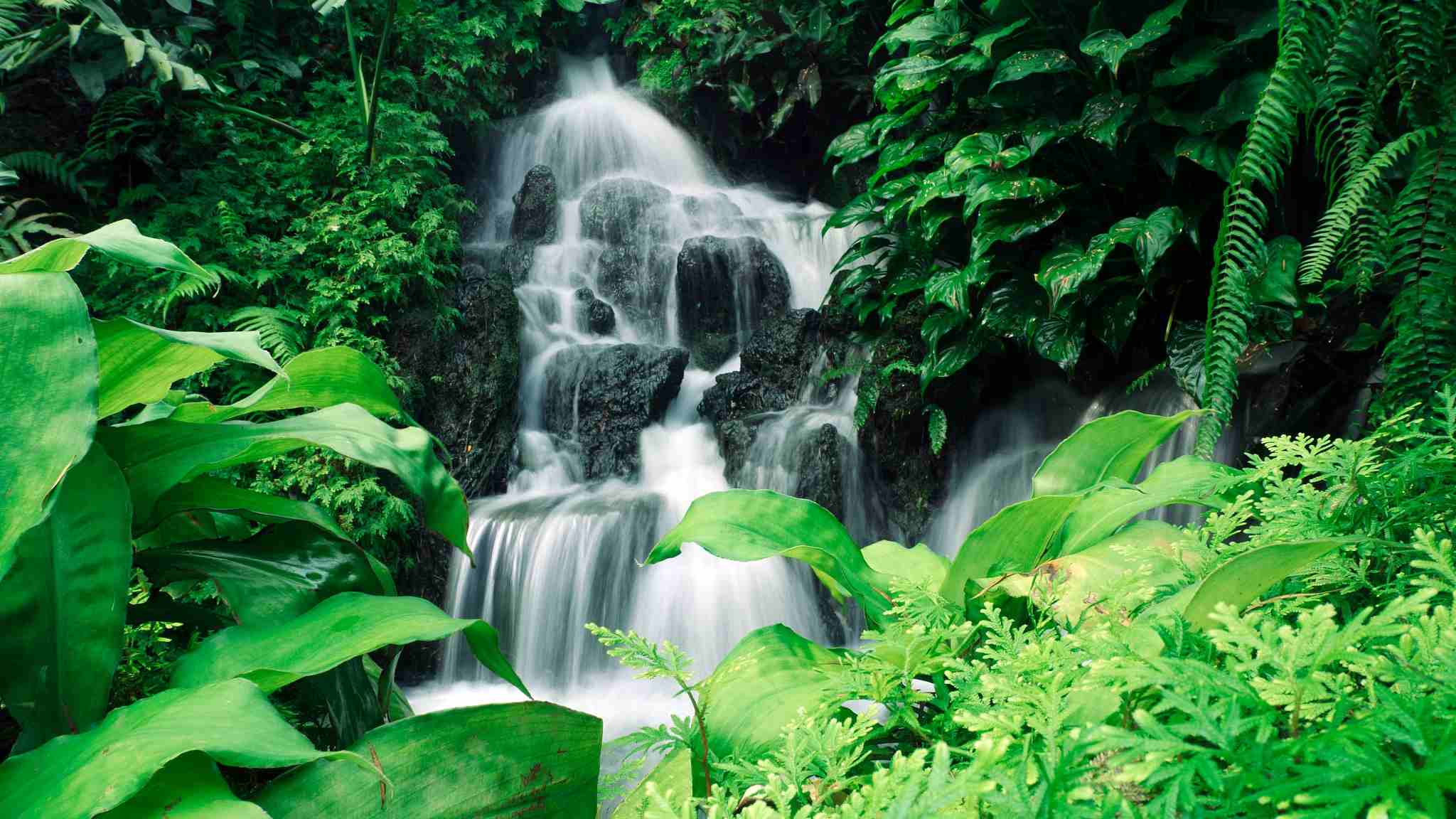
Waterfall in the National Orchid Garden, Singapore Botanic Gardens. /Getty Images
Waterfall in the National Orchid Garden, Singapore Botanic Gardens. /Getty Images
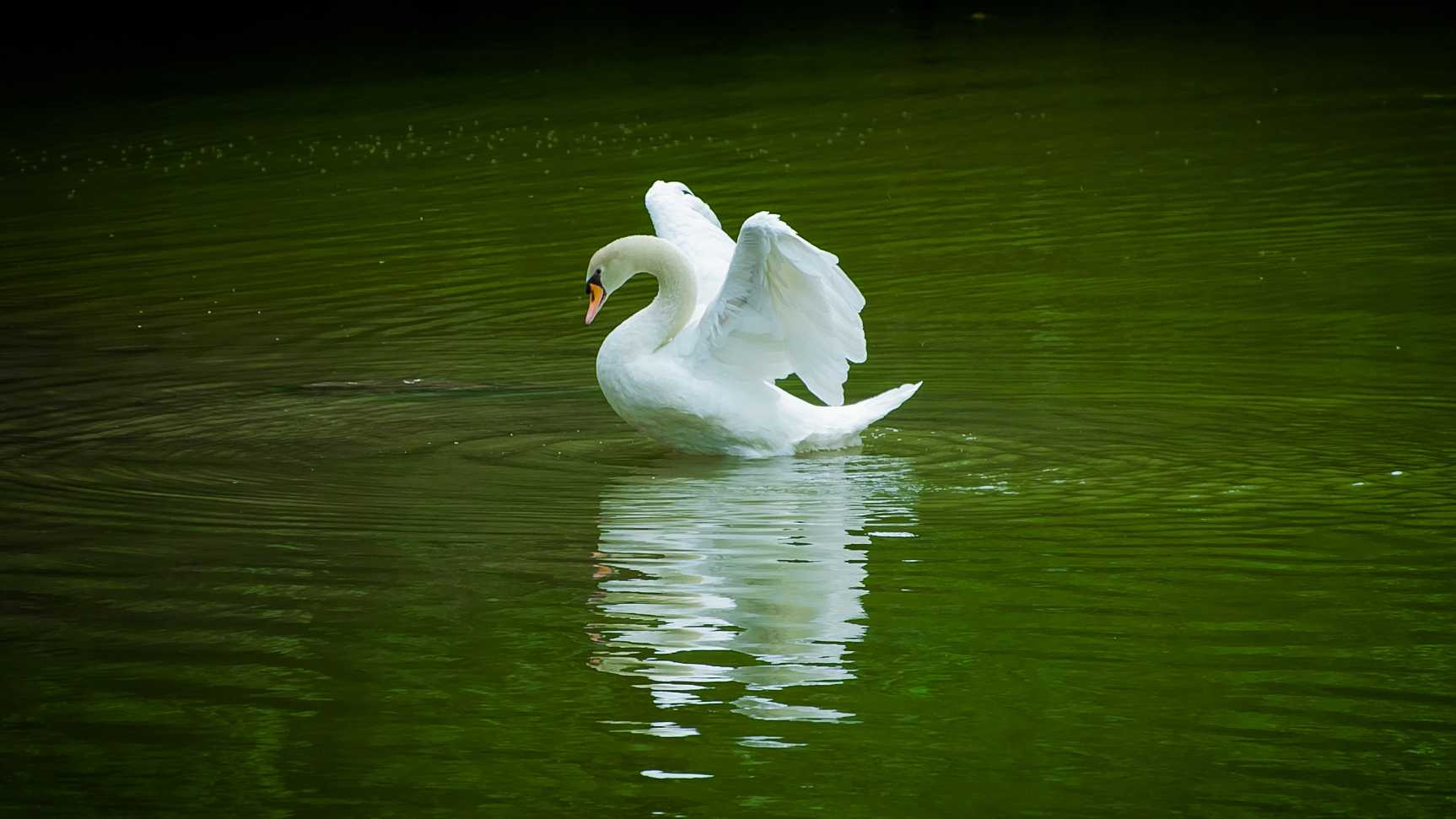
A Mute Swan in Singapore Botanic Gardens. /VCG Photo
A Mute Swan in Singapore Botanic Gardens. /VCG Photo
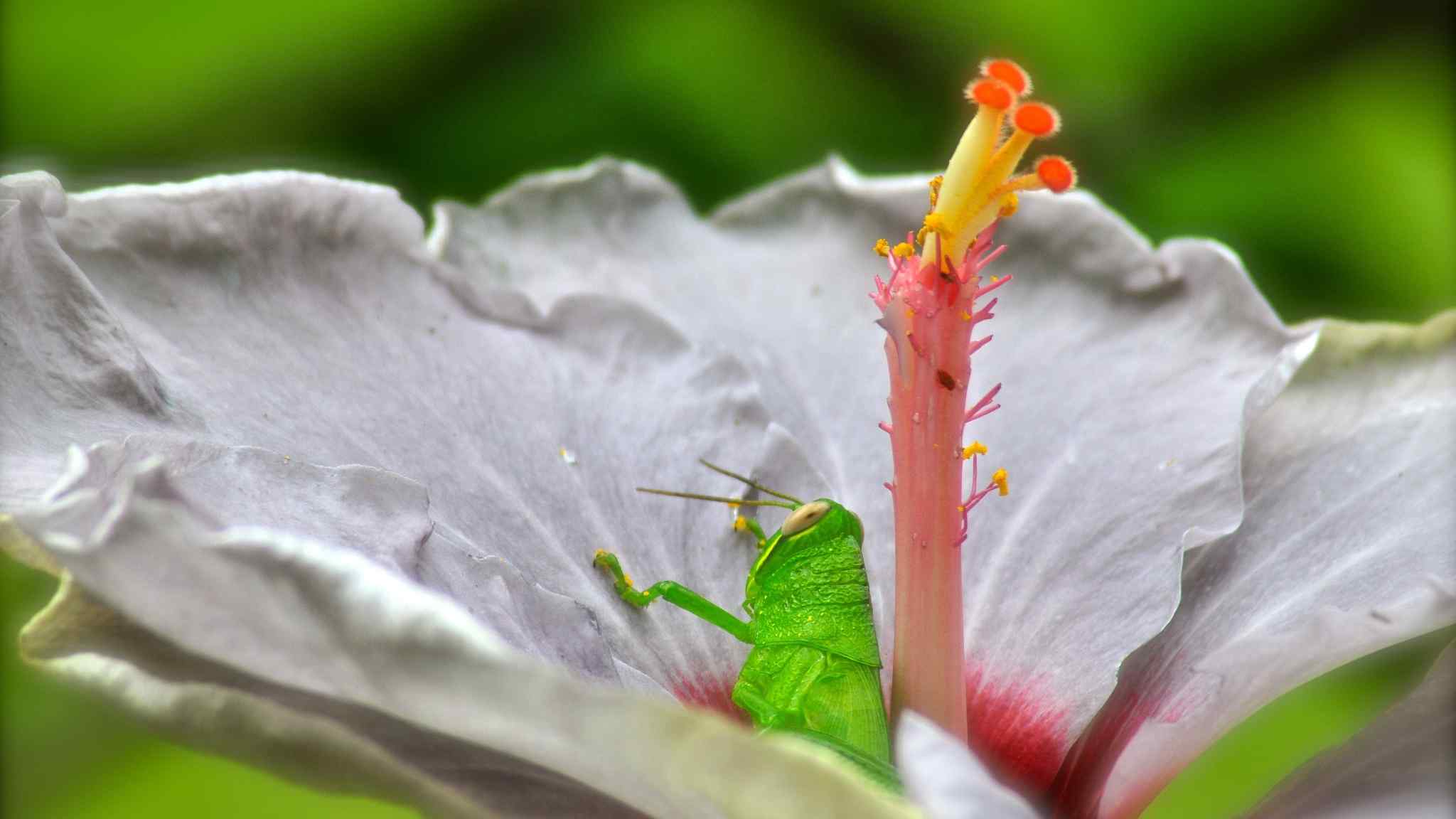
A grasshopper in a hibiscus flower, Singapore Botanic Gardens. /Getty Images
A grasshopper in a hibiscus flower, Singapore Botanic Gardens. /Getty Images
With a Four-Core Concept, the Gardens is divided into the historical, tourist belt, educational and scientific preservation parts. The spots include Bonsai Garden, Botany Garden, Heritage Museum & CDL Gallery, Sun Garden, Swan Lake, Vand Miss Joaquim, Ginger Garden, National Orchid Garden, the Learning Forest, E J H Corner House, Evolution Garden, Fragrant Garden, Healing Garden, Palm Valley and Symphony Lake, Rain Forest, Eco-Garden and Eco-Lake, Ethnobotany Garden, Foliage Garden, Jacob Ballas Children's Garden, Trellis Garden, Heritage Trees, and sculptures.
What are the cultural elements that best represent Asia? Follow up the "Know Asia Better" series. It will offer you a glimpse of 47 Asian countries, through architecture, art or cultural figures to show you a diversified Asia that you may never have noticed before. Themed in the exchanges and mutual learning among Asian civilizations and building a community with a shared future for mankind, the Conference on Dialogue of Asian Civilizations will be held in Beijing in May.
(Cover image designed by Fan Chenxiao)

SITEMAP
Copyright © 2018 CGTN. Beijing ICP prepared NO.16065310-3
Copyright © 2018 CGTN. Beijing ICP prepared NO.16065310-3